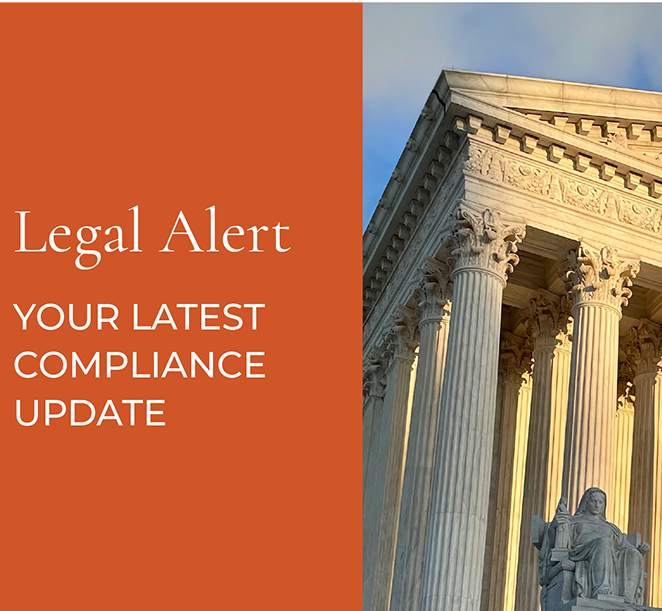Lumity Spotlight Series: Family & Medical Leave Act
The Family and Medical Leave Act (FMLA) should demand your serious consideration as an eligible employer. With lawsuits on the rise and requirements as stringent as ever it is an area of employment law you should know inside out. Whether you're an owner, HR professional or manager, any slip-ups when it comes to FMLA could prove extremely costly. Don’t get caught unprepared, complacent or attempting to interfere with employee rights.
Carolina Fire Control learned the hard way after being sued for interfering with Mandi Alexander’s FMLA rights. Mandi was discouraged from applying for FMLA leave after her son was diagnosed with cancer. Bosses instead convinced her to work a reduced schedule. When Mandi unsurprisingly failed to meet all of her full-time duties the company fired her for insubordination. Mandi sued. Mandi won.
So, how can you avoid litigation and support employees correctly through the FMLA? Increasing your basic understanding is a good starting point. Know your employees' rights as if they were your own. Indeed, one day they may be.
FMLA is a federal law that provides eligible employees of covered employers (typically employers with 50 or more full-time employees) with unpaid, job protected leave for specified family and medical reasons. Eligible workers can take up to 12 workweeks of leave per year for one or more of the following reasons
- The birth of a child
- The placement of a child for adoption or foster care
- To care for an immediate family member with a serious health condition
- A serious medical condition that makes the employee unable to perform work duties
- Any qualifying exigency relating to an immediate family member’s military duties. In addition an eligible employee may take up to 26 workweeks of leave during a single 12-month period to care for a covered service member with a serious injury or illness when the employee is the spouse, son, daughter, parent, or next of kin of the service member.
While an employee is on leave you must maintain their health benefits and when they return to work they must be reinstated to their job or an equivalent position. Essentially their job is on pause while they work through their life changing situation. Notice is required on both sides, as you would expect, except in qualifying emergency situations. You're not allowed to interfere with an employee’s FMLA rights or to use their FMLA leave to discriminate against them.
There is no grey area. It's your responsibility to ensure that employees are supported correctly and fairly when exercising this right. Over the next few weeks we will be delving deeper into the world of FMLA- helping you to fully understand your responsibilities while properly supporting your employees.
Subscribe to the Lumity blog to get the latest news and updates first!
If your company needs help with FMLA compliance, contact us at Lumity to learn more about our benefits consulting solution and compliance options at, info@lumity.com.





